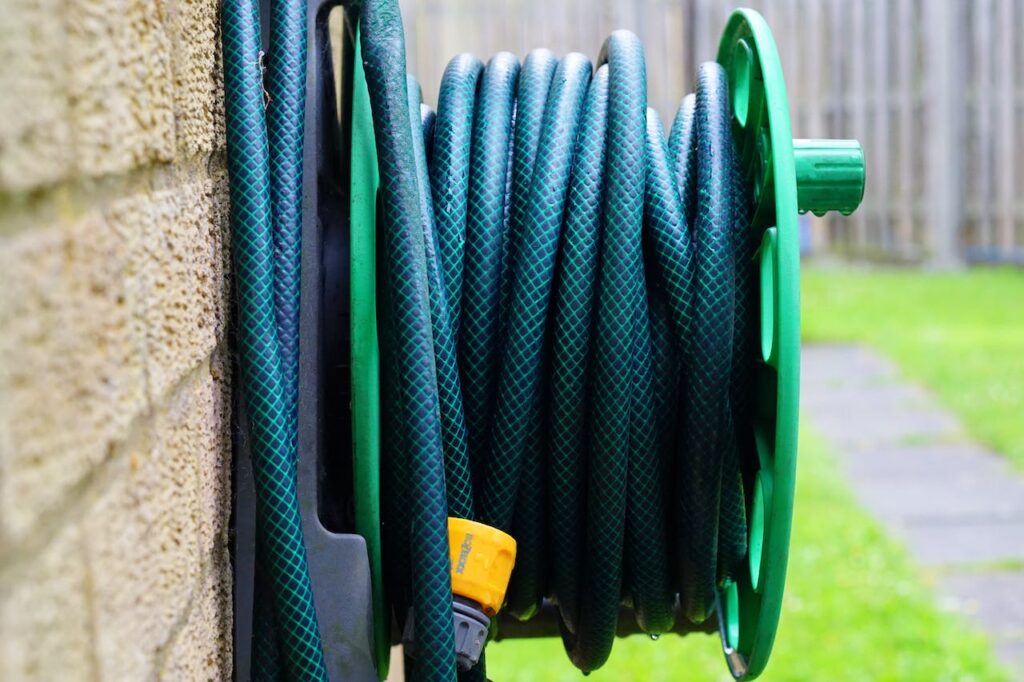
Have you ever found yourself standing in the garden aisle, staring down a row of hoses and wondering which one to bring home? It’s not just about the color or how sturdy it looks; the secret to a well-watered garden actually lies in the diameter of the hose.
Yes, that’s right—the part of the hose you can’t see from the outside plays a pivotal role in keeping your garden lush and your watering tasks efficient. Let’s dive into the world of hose diameters, where size really does matter, and discover how this unsung hero can make or break your gardening game.
Understanding Hose Diameter
Hose diameter refers to the internal diameter of a hose, determining the volume of water it can carry. It’s an essential factor for gardeners to consider, as it influences the water flow rate and pressure, which are critical for different gardening tasks. There are two primary measurements to be aware of: the inner diameter (ID) and the outer diameter (OD), with the ID being the more critical of the two for watering purposes.
Standard Hose Diameters
Garden hoses typically come in three standard sizes:
- 5/8 inch: This is the most common diameter for garden hoses, offering a good balance of water flow and pressure, suitable for general garden watering tasks.
- 1/2 inch: Smaller in diameter, these hoses are lighter and easier to maneuver but deliver water at a lower flow rate, making them ideal for small gardens or delicate watering needs.
- 3/4 inch: These hoses are designed for areas requiring a high volume of water, such as large garden areas, or for use with sprinklers and other attachments that need a higher water flow.
Choosing the Right Diameter
Selecting the right hose diameter depends on your garden’s layout and size, the types of plants you have, and the specific watering tasks you perform. Consider the following:
- Water Flow Needs: Larger diameters deliver more water, which is beneficial for large areas or tasks requiring a lot of water quickly. Smaller diameters conserve water and offer more control for delicate tasks.
- Pressure: Larger hoses typically result in lower water pressure, while smaller diameters can increase pressure, which might be necessary for certain attachments like spray nozzles or sprinklers.
- Length and Distance: The longer the hose, the more the water pressure drops over the distance. If you have a large garden, a larger diameter may help maintain adequate water flow.
FAQs
Why does hose diameter matter?
Hose diameter affects the volume of water flow and pressure, which are critical for various gardening tasks. A larger diameter allows more water to flow through, suitable for watering large areas quickly, while a smaller diameter conserves water and offers more control for delicate watering needs.
How do I know which hose diameter is right for my garden?
Consider the size of your garden, the types of plants you have, and your specific watering needs. For large gardens or for use with sprinklers, a 3/4-inch hose might be best. For general garden tasks, a 5/8-inch hose offers a balance between water flow and pressure. For small gardens or delicate tasks, a 1/2-inch hose may be sufficient.
Can hose diameter affect water pressure?
Yes, hose diameter can significantly affect water pressure. A larger diameter hose will typically have lower water pressure at the output end, while a smaller diameter hose can increase water pressure, beneficial for certain attachments like spray nozzles.
Does the length of the hose affect which diameter I should choose?
Yes, the garden hose length directly affects your choice of diameter; a longer hose reduces water pressure. Opt for a larger diameter with extended garden hose lengths to ensure sufficient water flow and pressure.
Are there standard attachments for different hose diameters?
Many garden hose attachments are designed to fit a standard 5/8 inch hose, which is the most common size. However, adapters are available to fit attachments to hoses of different diameters. Always check the compatibility of attachments with your hose’s diameter.
Final Thoughts on Hose Diameters
Choosing the right hose diameter is akin to finding the perfect balance in gardening—too wide, and you may overwhelm; too narrow, and you risk insufficient nourishment. It’s a testament to the thoughtful gardener’s commitment to their green haven. Armed with the understanding of how different diameters serve various needs, you’re set to make an informed decision. Remember, in the garden, as in life, it’s the small details that often make the biggest impact. Select wisely, and watch your garden flourish under your attentive care.
